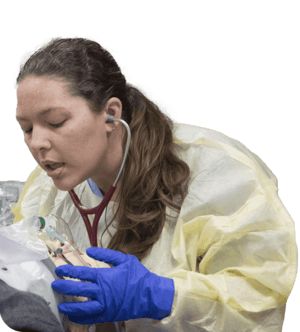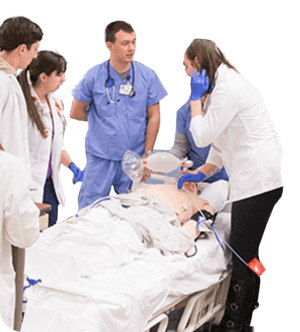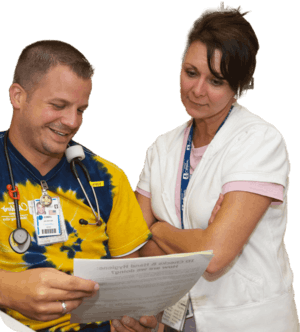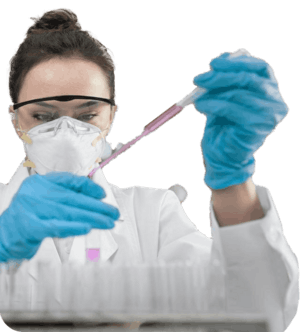Breastfeeding RECS Learning Module
Objectives
- Appropriately discuss breastfeeding amount at newborn visits along with recognizing any difficulties encountered by new parents.
- Review appropriate breastfeeding techniques
- Recognize potential complications such as mastitis along with contraindications for breastfeeding (including drugs)
- Recognize that human and cow milk proteins differ in quality and quantity
- Know that human milk contains antibodies against certain bacteria and viruses, including high concentrations of secretory IgA antibodies
- Understand that low vitamin K content of human milk may contribute to hemorrhagic disease of the newborn infant
- Know that there is a lower incidence of gastrointestinal infections in infants fed human milk
Self-quiz:
- Compare and contrast the carbohydrate, fat, and protein content of human milk vs. cows milk protein based formula.
- List at least three protective factors found in human milk. (Make sure to include antibodies)
- List at least three benefits of breastfeeding.
- List at least three medications found in mother’s breast milk that are contraindications to breastfeeding.
- What are the recommendations surrounding breastfeeding mothers with HIV? Hepatitis? Herpes?
- What are three markers of successful breastfeeding that can be followed in the outpatient setting?
- Describe the nutritional content of human milk beyond the first 6 months of life in relation to Vitamin K, Vitamin D, Fluoride, and Vitamin B.
- What is the energy content in Kcals for human milk vs. cow’s milk? What about protein?
- What resources are available to new breastfeeding mothers or pediatricians who are counseling them?
- Name at least two strategies that can be offered to mothers who intend to return to work or school while continuing breastfeeding?
Reviewed 7/2017













